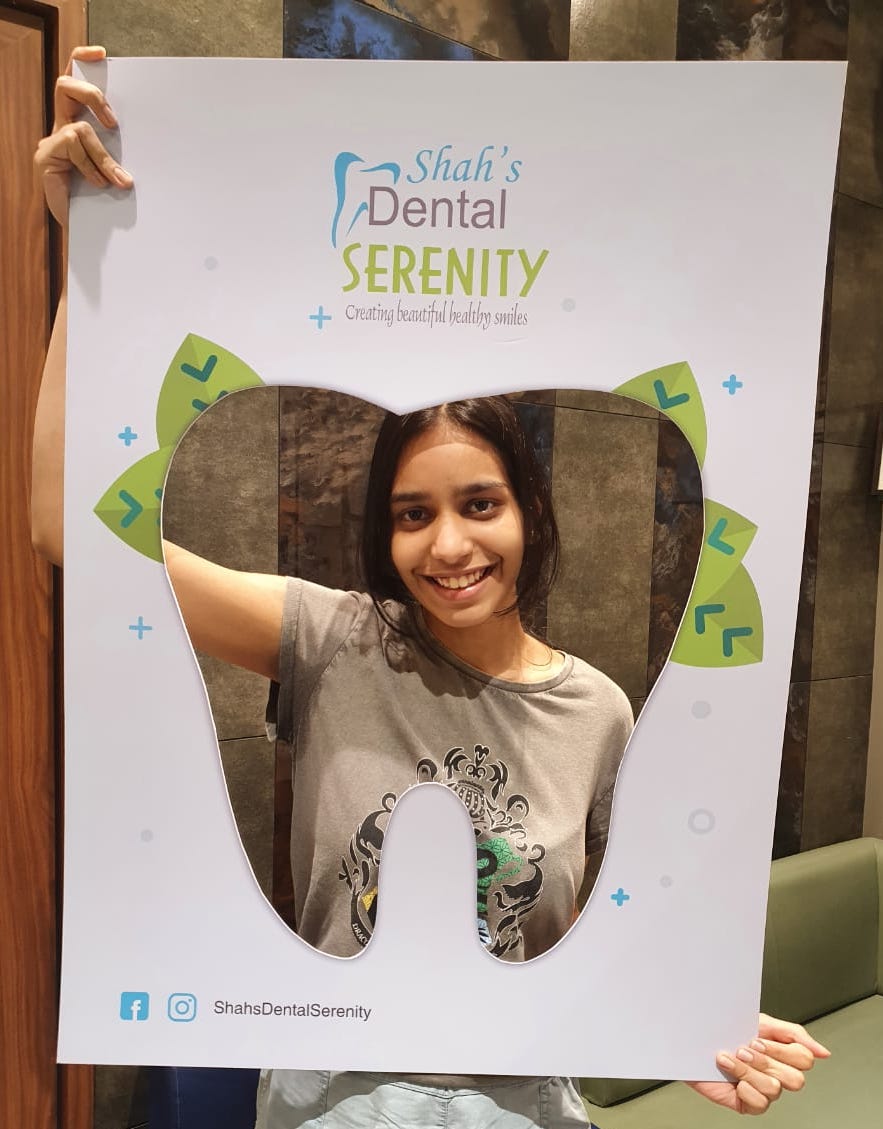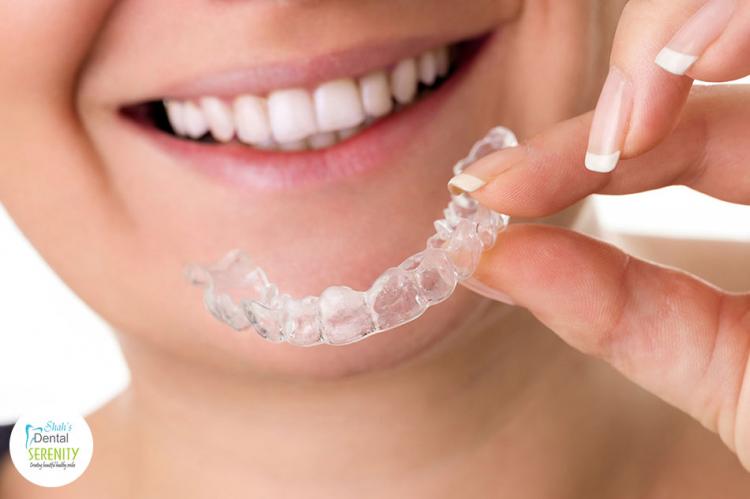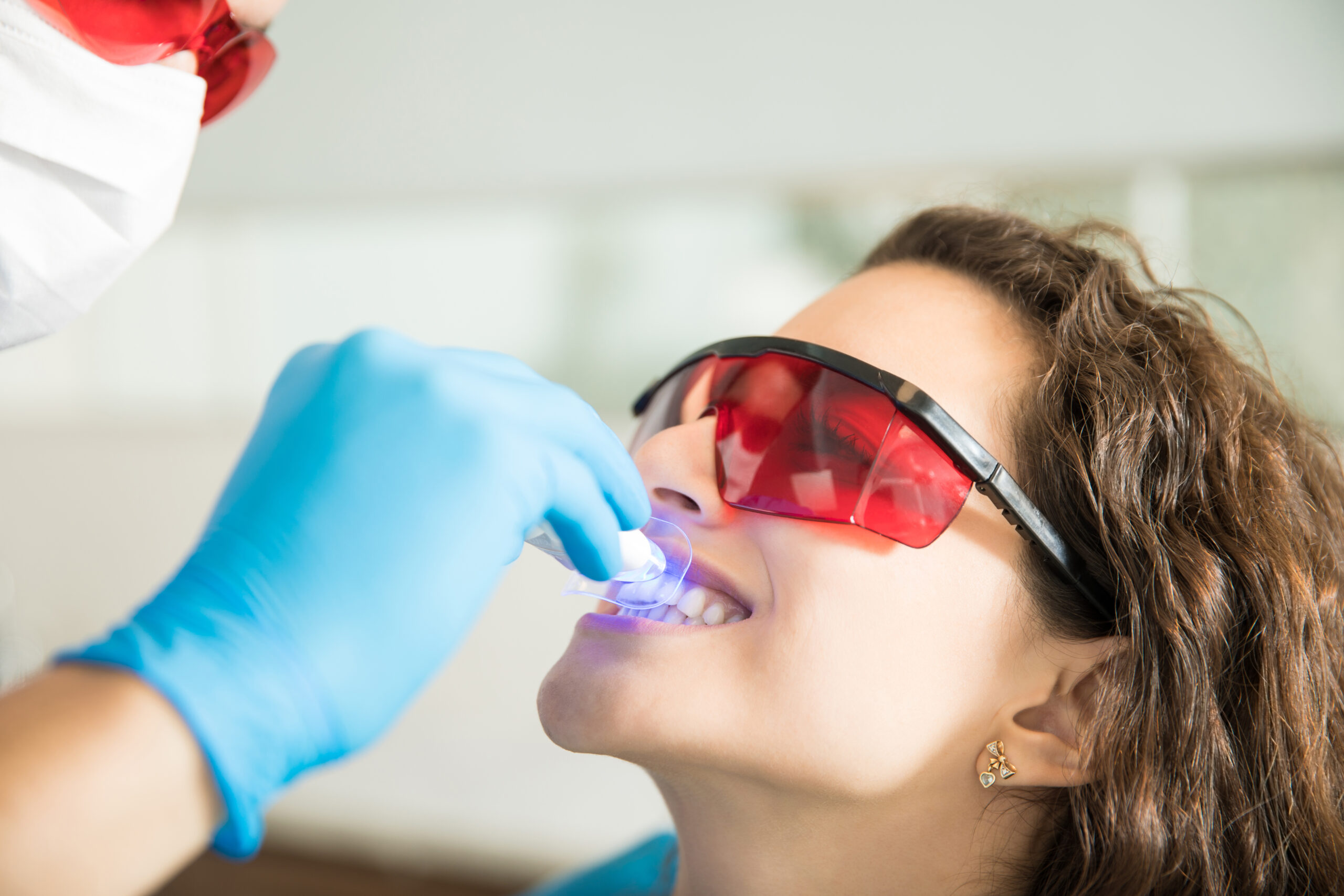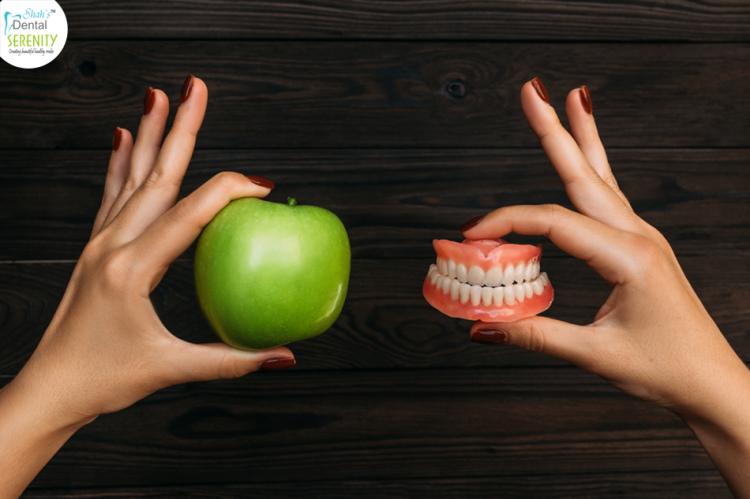In today’s world, dental technology is far ranging from what it used to be just a couple of years ago. Orthodontists or other dental specialists, many of them have seen the development of dental devices and techniques firsthand. Today, these progressions allow dentists to implement state-of-the-art practice and better patient wisdom for everyone who walks into dental clinics.
Here are five trends that dentists should keep an eye on:
1. 3-D imaging with CBCT scanning
2. Temporary anchorage devices
The method of fixing TADs in a patient’s mouth is smooth and painless because it only entails a small amount of topical anesthetic applied to the gingiva. They can be separated after orthodontic treatment is finished.
3. Self-ligating, transparent, and Invisible Braces
4. Customized smile design systems
5. Faster orthodontic treatment with Propel






